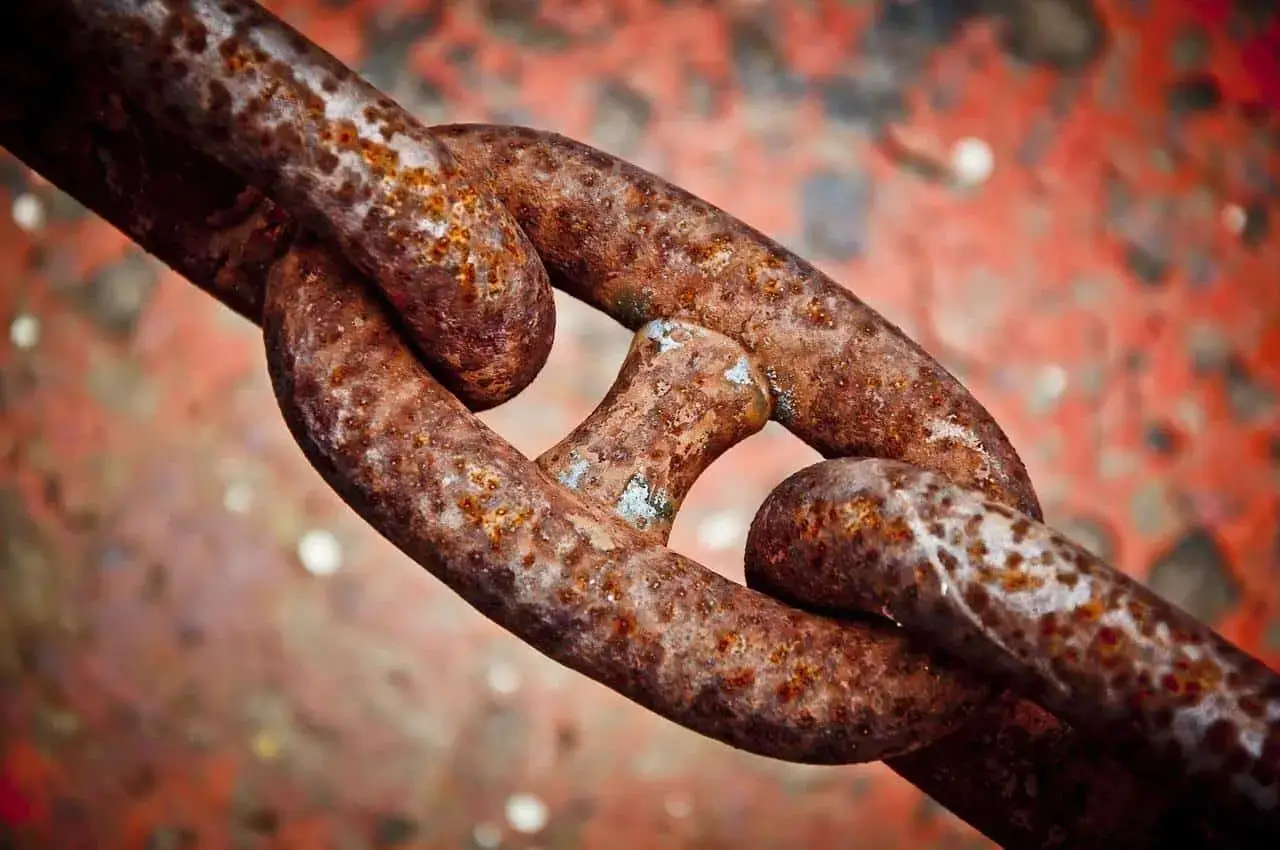The main difference between reversible and irreversible processes is that a reversible process can be reversed without any loss of energy. In contrast, an irreversible process cannot be reversed without losing energy. The other significant difference is that reversible processes are independent of the path taken. While irreversible processes depend on the specific path followed during the process.
In the world of thermodynamics, processes play a pivotal role in understanding how energy and matter behave in various systems. Two fundamental types of processes, reversible and irreversible, serve as cornerstones for comprehending the laws that govern the behavior of energy and matter.
In this article, we’ll explore 10 key distinctions between reversible and irreversible process presented in a tabular format. Whether you’re a student, a curious mind, or someone delving into the world of science, this guide will provide a clear and organized comparison. Therefore, without wasting any more time, let’s dive right in…!!!
Reversible Process vs Irreversible Process
| Aspect | Reversible Process | Irreversible Process | |
| 1. | Definition | A process that can be reversed without loss of energy. | A process that cannot be reversed without loss of energy. |
| 2. | Energy Efficiency | Highly efficient, as it operates near equilibrium conditions. | Less efficient, often far from equilibrium conditions. |
| 3. | Path Dependency | Independent of the path taken in its operation. | Dependent on the specific path followed during the process. |
| 4. | Spontaneity | Typically not spontaneous; requires external intervention. | Often spontaneous and often occurs naturally. |
| 5. | Entropy Change | Entropy remains constant during the process. | Entropy generally increases, leading to disorder. |
| 6. | Heat Transfer | Heat transfer is infinitesimal and reversible. | Heat transfer may be significant and irreversible. |
| 7. | Mechanical Equilibrium | Maintains mechanical equilibrium throughout. | May not maintain mechanical equilibrium. |
| 8 | Time Reversibility | Time-reversible; can run backward with the same results. | Time-irreversible; cannot run backward with the same results. |
| 9. | Work Done | Maximum work can be extracted from the system. | Work extraction is often less than the maximum potential. |
| 10. | Practicality | Idealized and rarely encountered in practice. | Common in everyday phenomena and real-world applications. |
| 11. | Engineering | Used as a theoretical benchmark for efficiency. | Considered when optimizing real-world systems. |
| 12. | Examples | Ideal gas expansion, Carnot engine cycles. | Real-world processes like mixing, and combustion. |
Detailed Explanation of 12 Differences Between Reversible and Irreversible Process:
- Definition: A reversible process is one that can be reversed without any loss of energy. An irreversible process, on the other hand, cannot be reversed without losing energy.
- Energy Efficiency: Reversible processes are highly efficient, as they operate under nearly equilibrium conditions. Irreversible processes are less efficient, often operating far from equilibrium.
- Path Dependency: Reversible processes are independent of the path taken, while irreversible processes depend on the specific path followed during the process.
- Spontaneity: Reversible processes are typically not spontaneous and require external intervention. In contrast, irreversible processes are often spontaneous and occur naturally.
- Entropy Change: In a reversible process, entropy remains constant. In an irreversible process, entropy generally increases, leading to increased disorder.
- Heat Transfer: Heat transfer in reversible processes is infinitesimal and reversible, while in irreversible processes, heat transfer may be significant and irreversible.
- Mechanical Equilibrium: Reversible processes maintain mechanical equilibrium throughout, whereas irreversible processes may not.
- Time Reversibility: Reversible processes are time-reversible; they can run backward with the same results. Irreversible processes are time-irreversible; they cannot run backward with the same results.
- Work Done: Reversible processes allow for maximum work extraction from the system. Irreversible processes often result in less work extraction than the maximum potential.
- Practicality: Reversible processes are idealized and rarely encountered in practice, while irreversible processes are prevalent in real-world applications and everyday phenomena.
- Engineering: Reversible processes are used as theoretical benchmarks for efficiency calculations, while irreversible processes must be considered when optimizing real-world systems for practicality.
- Examples: Examples of reversible processes include ideal gas expansion and Carnot engine cycles. Irreversible processes are common in everyday phenomena, such as mixing substances and combustion.
That’s it for this post. If you like this article, share it if you like, like it if you share it. You can also find us on Mix, Twitter, Pinterest, and Facebook. Hey man, If you have come this far, do give us feedback in the comment section. It would make my day. You can also make a donation. Your donations will help us to run our website and serve you BETTER. Cheers!!!
You might also like:
- 10 Differences Between Homogeneous and Heterogeneous Mixtures with Examples
- 10 Differences Between Miscible and Immiscible Liquids in Tabular Form
- 10 Differences Between Homogeneous and Heterogeneous Mixtures with Examples
